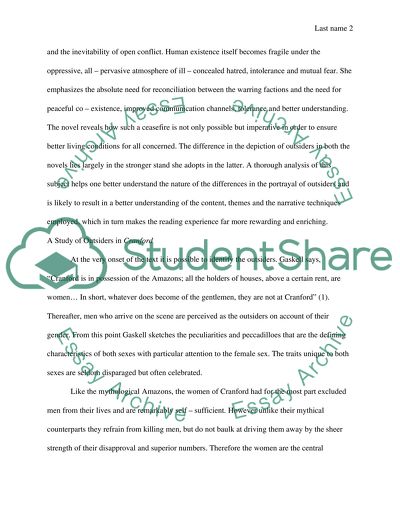Cite this document
(“An Examination of Outsiders in Elizabeth Gaskell's Cranford and North Essay”, n.d.)
Retrieved from https://studentshare.org/miscellaneous/1509211-an-examination-of-outsiders-in-elizabeth-gaskells-cranford-and-north-and-south
Retrieved from https://studentshare.org/miscellaneous/1509211-an-examination-of-outsiders-in-elizabeth-gaskells-cranford-and-north-and-south
(An Examination of Outsiders in Elizabeth Gaskell'S Cranford and North Essay)
https://studentshare.org/miscellaneous/1509211-an-examination-of-outsiders-in-elizabeth-gaskells-cranford-and-north-and-south.
https://studentshare.org/miscellaneous/1509211-an-examination-of-outsiders-in-elizabeth-gaskells-cranford-and-north-and-south.
“An Examination of Outsiders in Elizabeth Gaskell'S Cranford and North Essay”, n.d. https://studentshare.org/miscellaneous/1509211-an-examination-of-outsiders-in-elizabeth-gaskells-cranford-and-north-and-south.


